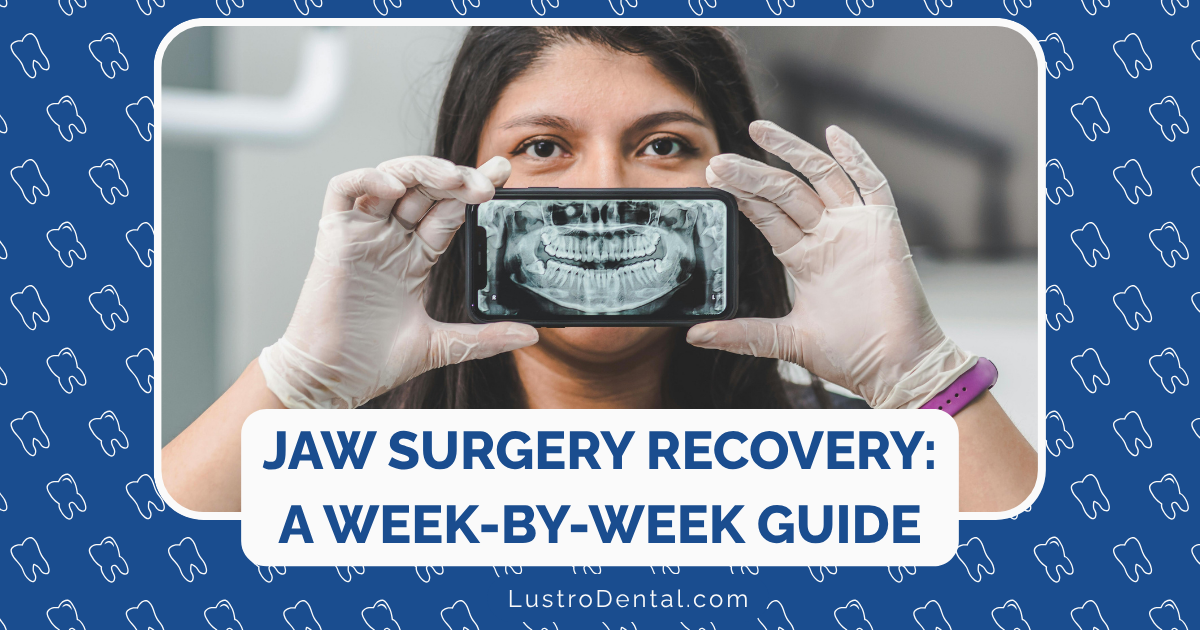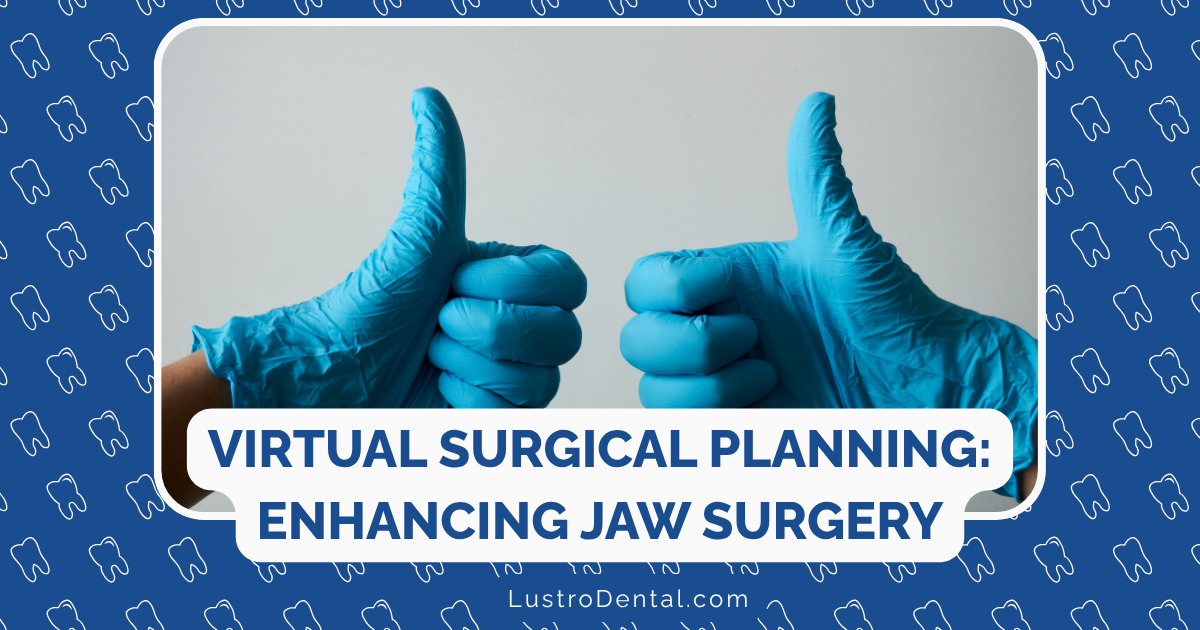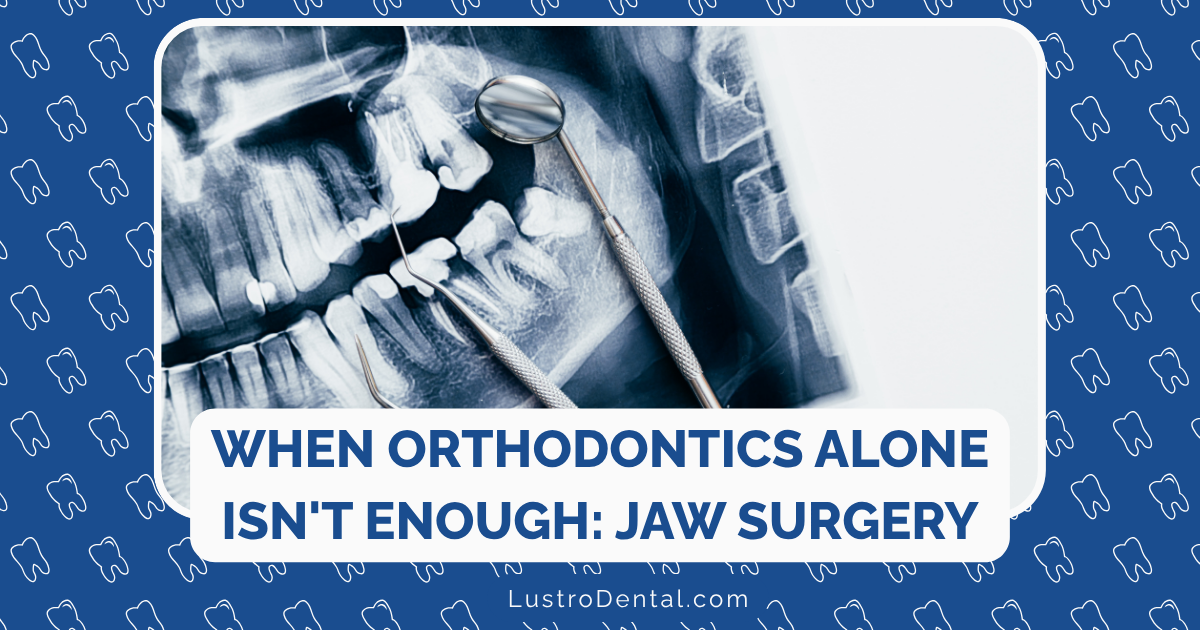Signs Your Retainer Isn’t Working: When to See Your Orthodontist

After investing time, money, and perhaps a bit of discomfort in your orthodontic treatment, your retainer becomes your smile’s best friend—the guardian that keeps your teeth in their new, perfectly aligned positions. But what happens when this guardian isn’t performing its duty effectively?
Many people assume that simply wearing a retainer as directed guarantees permanent results. However, various factors can compromise your retainer’s effectiveness, potentially allowing your teeth to shift despite your best efforts.
In this comprehensive guide, we’ll explore the telltale signs that your retainer needs replacement, understand why problems might occur, and most importantly, identify when it’s time to schedule a visit with your orthodontist.
Physical Signs Your Retainer Needs Attention
Let’s start with the most obvious indicators—physical changes to your retainer itself that suggest it may no longer be effective.
1. Cracks or Damage
Even small cracks in your retainer can significantly compromise its structural integrity and effectiveness. According to Blue Ridge Orthodontics, cracks are one of the primary indicators that your retainer needs replacement.
What to look for:
- Hairline cracks in the acrylic or plastic portions
- Breaks or splits in the material
- Rough edges that weren’t there before
- Bent or broken wires (for Hawley retainers)
Why it matters: Beyond reducing effectiveness, damaged retainers can harbor bacteria in the cracks, potentially leading to oral health issues. A study cited by Saxe Orthodontics found that over 50% of retainers carry bacteria not typically found in the oral microbiome, including harmful strains like Staphylococcus.
2. Poor Fit or Looseness
A retainer should fit snugly against your teeth. If yours feels loose or doesn’t seem to fit properly anymore, this is a clear indication something is wrong.
What to look for:
- Gaps between the retainer and your teeth
- Retainer feels loose or moves around
- Difficulty keeping the retainer in place
- Retainer feels too tight in some areas and loose in others
Why it matters: A loose retainer cannot effectively hold your teeth in position. According to All About Smiles Orthodontics, this is one of the most common reasons retainers fail to prevent teeth from shifting.
3. Warping or Shape Changes
Retainers, especially clear plastic ones, can warp due to heat exposure or general wear over time.
What to look for:
- Visible distortion in the shape
- Retainer no longer follows the contour of your teeth
- Areas where the retainer seems stretched or compressed
Why it matters: A warped retainer applies uneven pressure to your teeth, which not only reduces its effectiveness but could potentially cause unwanted tooth movement in the wrong direction.
4. Calcium Buildup or Discoloration
While primarily an aesthetic issue, excessive buildup on your retainer can affect both fit and function.
What to look for:
- White, crusty deposits that don’t come off with regular cleaning
- Yellowing or discoloration
- Cloudy appearance in clear retainers
Why it matters: Beyond being unpleasant, significant buildup can slightly alter the dimensions of your retainer, affecting its fit and function. Additionally, as Ferri Orthodontics points out, excessive buildup can make you less likely to wear your retainer consistently, which defeats its purpose.
5. Unpleasant Odor or Taste
If your retainer has developed a persistent unpleasant smell or taste despite regular cleaning, it may be time for a replacement.
What to look for:
- Foul odor even after thorough cleaning
- Persistent bad taste when wearing the retainer
- Visible discoloration accompanying the smell
Why it matters: These issues typically indicate bacterial colonization within the retainer material itself, which can contribute to bad breath and potentially affect your oral health.
Dental Signs Your Retainer Isn’t Working
Beyond issues with the retainer itself, changes in your teeth or mouth can signal that your retainer isn’t performing its job effectively.
1. Noticeable Teeth Movement
The most obvious sign that your retainer isn’t working is teeth shifting. According to Sporting Smiles, this can happen even if you’re wearing your retainer as directed.
What to look for:
- Visible gaps appearing between teeth
- Teeth beginning to overlap or crowd
- Front teeth protruding more than before
- Changes in how your bite feels
- Difficulty flossing in areas that were previously easy to access
Why it matters: Early intervention is crucial. As Fredericksburg Orthodontics notes, the longer you wait to address shifting teeth, the more difficult (and expensive) it becomes to correct them.
2. Retainer Feels Increasingly Tight
If your retainer feels tighter than usual, especially after you’ve been wearing it consistently, your teeth may be shifting despite retainer use.
What to look for:
- Increasing difficulty putting in your retainer
- Pressure or discomfort that doesn’t subside after wearing the retainer for a few days
- Retainer feels tight even though you’ve been wearing it as prescribed
Why it matters: A consistently tight retainer suggests your teeth are trying to move to new positions between wearings. This indicates your current retention plan may need adjustment.
3. Changes in Your Bite
Your bite—how your upper and lower teeth come together—should remain stable with proper retainer use.
What to look for:
- New spaces when you bite down
- Teeth hitting in places they didn’t before
- Difficulty chewing in certain areas
- Front teeth meeting differently than before
Why it matters: Bite changes can lead to uneven wear on teeth, jaw pain, and potential TMJ issues if not addressed. According to My Sierra Dental, these changes often indicate underlying orthodontic issues that need professional attention.
4. Persistent Pain or Discomfort
While minor discomfort when first inserting a retainer after a period of not wearing it can be normal, persistent pain is not.
What to look for:
- Pain that doesn’t subside after a few days of consistent wear
- Sharp pain when inserting or wearing the retainer
- Gum irritation or bleeding around certain teeth
- Jaw pain or headaches associated with retainer use
Why it matters: As Orthodontic Exprts explains, discomfort that persists beyond two weeks or severe pain at any point warrants a visit to your orthodontist, as it may indicate a problem with your retainer or shifting teeth.
Why Retainers Stop Working Effectively
Understanding why retainers fail can help you prevent issues before they start. Here are the most common reasons:
1. Natural Aging of the Retainer
No retainer lasts forever. Different types have different lifespans:
- Clear plastic retainers: Typically 1-3 years
- Hawley retainers: About 5-10 years
- Fixed retainers: Can last many years but may need repair or rebonding
2. Inconsistent Wear
According to Ferri Orthodontics, approximately 20% of retainer users forget to wear their retainer regularly. Even short periods without your retainer can allow teeth to begin shifting.
3. Changes in Your Mouth
Several natural processes can affect your teeth despite retainer use:
- Continued jaw growth (especially in younger patients)
- Age-related bone density changes
- Development of wisdom teeth
- Changes in gum health
- Natural wear patterns from chewing and speaking
4. Improper Care
How you care for your retainer affects its longevity and effectiveness:
- Exposure to heat (hot water, car dashboards, etc.)
- Using toothpaste or harsh chemicals for cleaning
- Improper storage leading to warping or damage
- Bending or adjusting the retainer yourself
5. Underlying Dental Issues
Sometimes the problem isn’t with the retainer itself:
- Developing gum disease
- Changes in tooth structure due to decay or dental work
- Teeth grinding or clenching (bruxism)
- Tongue thrusting or other oral habits
When to See Your Orthodontist
With all these potential issues in mind, how do you know when it’s time to schedule an appointment? Here are the key scenarios that warrant professional attention:
1. Immediate Concerns (Schedule ASAP)
- Broken or cracked retainer: Don’t attempt to wear a damaged retainer
- Significant pain or discomfort: Pain that’s severe or doesn’t improve within a few days
- Noticeable tooth movement: Visible shifting despite wearing your retainer
- Lost retainer: The longer you go without a retainer, the more likely your teeth will shift
2. Soon But Not Emergency (Schedule Within 1-2 Weeks)
- Retainer feels increasingly tight: Even though you’ve been wearing it consistently
- Minor damage to retainer: Small cracks or bent wires that don’t prevent wear
- Changes in your bite: New ways your teeth are meeting when you close your mouth
- Persistent looseness: Retainer doesn’t seem to fit snugly anymore
3. Routine Concerns (Next Regular Appointment)
- Normal wear and tear: If you’re approaching the expected lifespan of your retainer
- Minor discomfort: Slight soreness that subsides quickly after insertion
- Questions about wear schedule: Wondering if you can reduce wearing time
- Cleaning difficulties: Struggling to keep your retainer clean and fresh
What to Expect at Your Orthodontist Visit
If you do need to see your orthodontist about retainer issues, here’s what typically happens:
1. Evaluation of Your Retainer
Your orthodontist will examine your retainer for:
- Structural integrity
- Fit against your current tooth positions
- Signs of wear, damage, or improper care
- Buildup that might affect function
2. Examination of Your Teeth
They’ll also check:
- Current alignment compared to your treatment results
- Any movement or shifting that has occurred
- Your bite and how your teeth come together
- Health of surrounding gums and tissues
3. Potential Solutions
Depending on what they find, your orthodontist might recommend:
For retainer issues:
- Creating a new retainer
- Adjusting your current retainer (possible with some Hawley types)
- Repairing a fixed retainer that has come loose
For tooth movement:
- Modified wearing schedule (often increasing wear time)
- Different type of retainer or a combination approach
- Brief “touch-up” treatment with aligners or braces
- More comprehensive retreatment for significant shifts
Preventing Retainer Problems
While some retainer issues are unavoidable, many can be prevented with proper care and attention:
1. Follow Your Wearing Schedule
The most important factor in retainer success is consistent wear according to your orthodontist’s instructions. Typically this means:
- Full-time wear (20-22 hours daily) for the first few months
- Gradual transition to nighttime-only wear
- Continued nighttime wear indefinitely for long-term stability
2. Proper Care and Cleaning
- Clean your retainer daily using appropriate methods for your specific type
- Avoid hot water, toothpaste, and harsh chemicals
- Store properly in a case when not in your mouth
- Keep away from pets and heat sources
3. Regular Check-ups
Even if everything seems fine, having your orthodontist check your retainer periodically can catch small issues before they become big problems.
4. Be Proactive
If you notice any changes in how your retainer fits or feels, don’t wait for your next scheduled appointment—reach out to your orthodontist.
The Cost of Ignoring Retainer Problems
It’s worth emphasizing that addressing retainer issues promptly is not just about maintaining your smile—it’s also financially prudent.
Consider these potential costs:
- Replacement retainer: $100-$300
- Minor orthodontic correction: $500-$1,500
- Complete retreatment: $3,000-$7,000+
Clearly, the cost of addressing retainer issues early is significantly less than waiting until major tooth movement has occurred.
Conclusion: Your Retainer, Your Responsibility
Your retainer plays a crucial role in preserving the results of your orthodontic treatment. While it’s designed to be durable and effective, it’s not immune to problems. Being attentive to the signs that your retainer isn’t working properly—whether physical damage to the retainer itself or changes in your teeth and bite—allows you to address issues before they compromise your beautiful smile.
Remember that wearing a retainer is a long-term commitment, but the payoff is a lifetime of confident smiles. By maintaining a good relationship with your orthodontist and seeking help when needed, you can ensure that your investment in orthodontic treatment continues to reward you for years to come.
Have you experienced issues with your retainer? Share your experience in the comments below to help others recognize and address similar problems.







